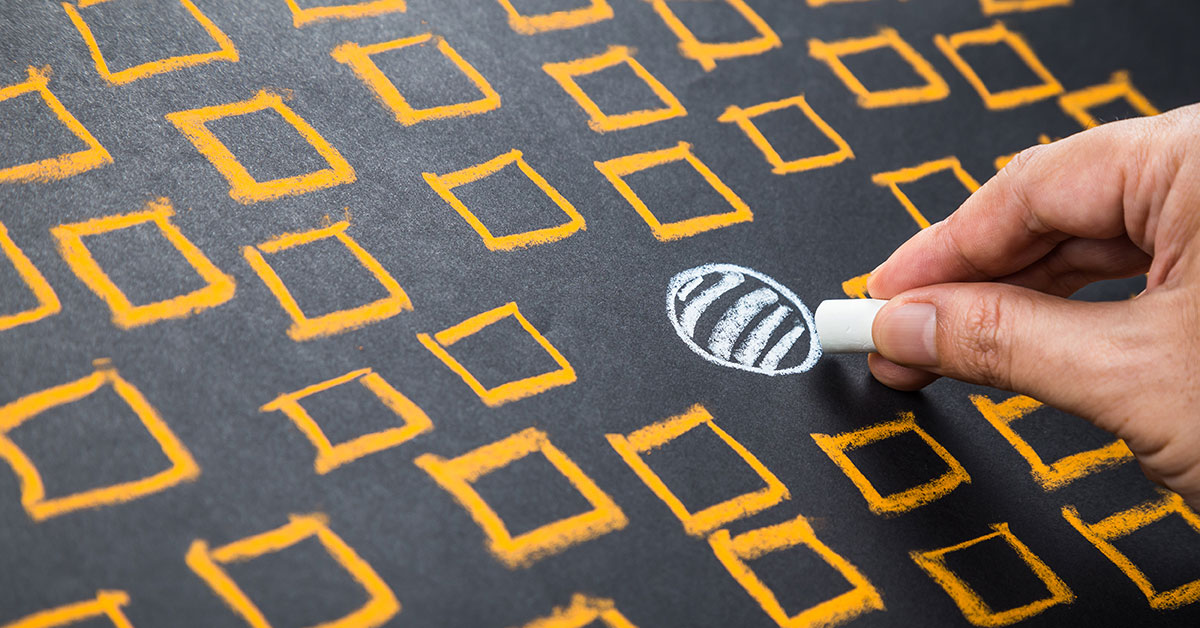Earlier this week, I learned about Valerie Thomas.
Valerie Thomas was an African American scientist and innovator who is best known for creating the illusion transmitter. What is an illusion transmitter you ask? To put it simply, it’s a device which helps reproduce images at a remote site. It’s regularly used by NASA to examine the topography of objects in space and has also been adapted to assist with surgery and the production of television!
As someone who loves history, these moments thrill me. It’s exciting to learn about a person who literally changed the world with a device that we probably take for granted every day! As I continued my research though, certain details of Thomas’ life began to pop out at me. As a child, Thomas became interested in science after reading The Boys First Book on Electronics. Both Thomas’ father and many of her teachers discouraged her from pursuing a career in STEM. In college, she attended a segregated university, and was one of only a few women who graduated with a degree in physics.
Though Thomas managed to beat the odds and go on to have a successful career at NASA, I couldn’t help wondering; What if she had given up? How poorer would we be if Thomas had listened to her detractors and followed a different path? How many amazing discoveries or advances in human innovation would have been missed? These are sobering questions, and ones that we as teachers should take to heart. After all, every student we teach has the potential to change the world.
Breaking the Cycle
It’s an unfortunate truth that students aren’t always encouraged to follow their passions. Young girls still have trouble finding support for their interest in STEM. Boys who pursue artistic hobbies like dance are frequently targeted by bullies. And don’t even get me started on the pressure kids experience from parents, peers, and society! Our classrooms need to be a place where every student feels empowered to explore what interests them.
One way we can accomplish this is by providing ample representation for students in our lessons. For example, during Black History Month, take a moment to introduce students to Valerie Thomas as well as other black leaders in STEM. These four free lessons will give students information on great thinkers like Euphema Lofton Haynes, Mae C. Jemison, and more. Be sure to stock a diverse classroom library as well. Books by diverse authors, or biographies of famous artists, can go a long way in helping students feel seen.
Making History
How awful would it be for humanity to miss out on the next great advancement, simply because a student never received the support they deserved? Today, I encourage you to remember the life of Valerie Thomas, and consider how close we came to losing her amazing contributions to science. Don’t let the next great thinker or inspiring artist slip away! So, when you walk into your classroom each morning, make sure your students know just how incredible they are.
Who knows? The next Valerie Thomas could be sitting in our classroom!

